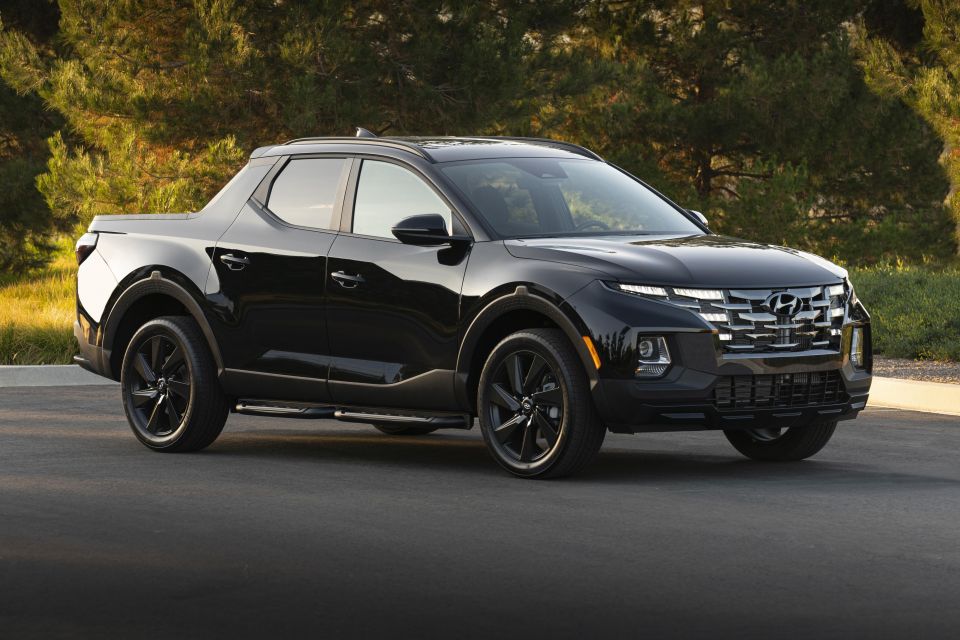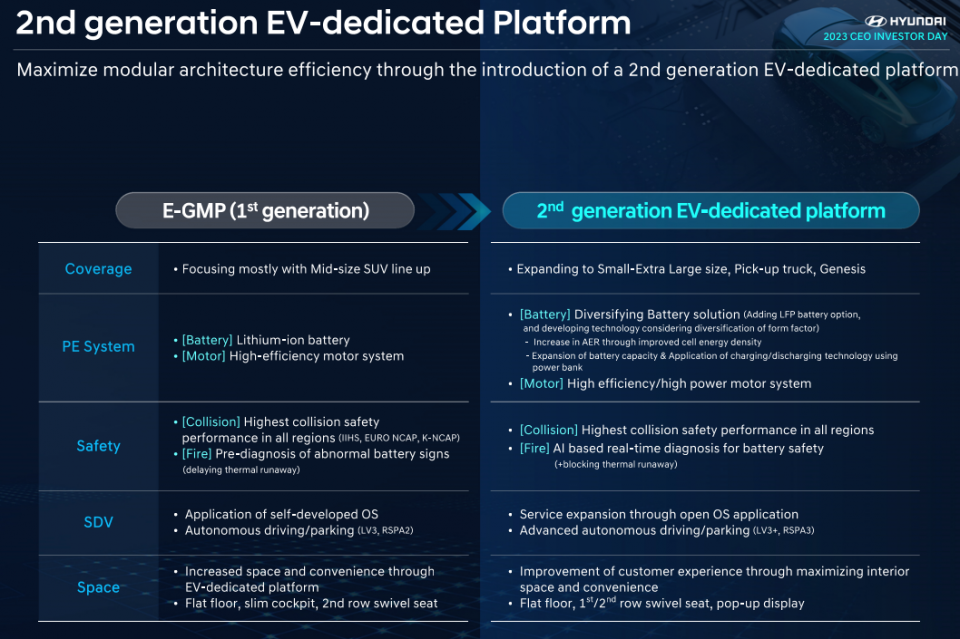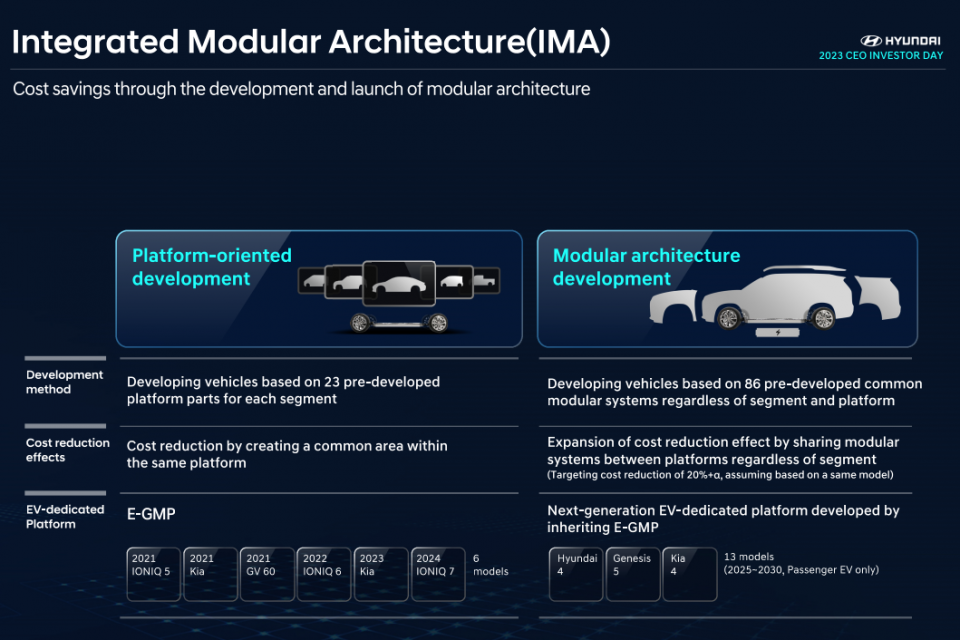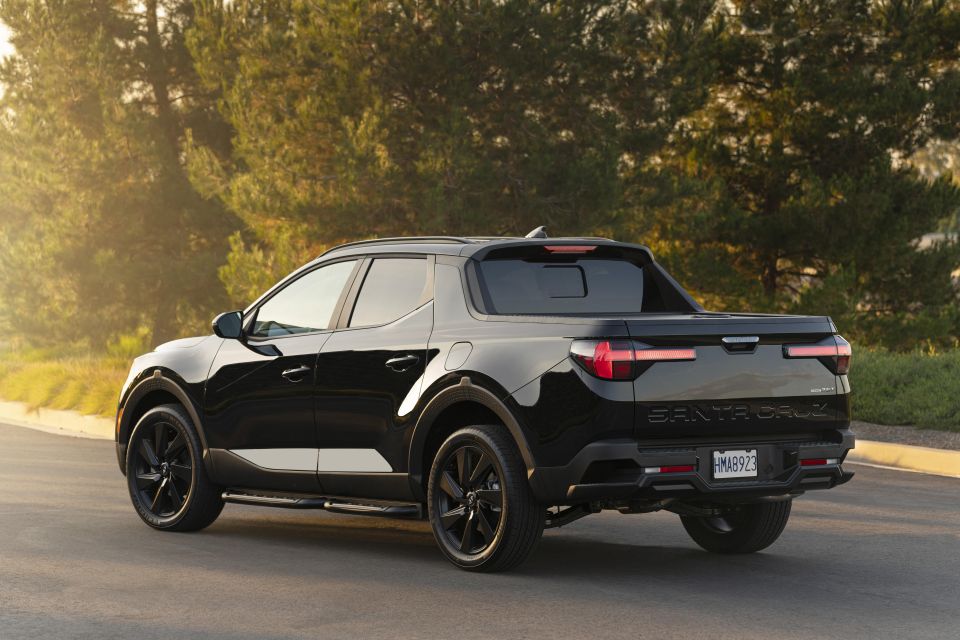

Max Davies
2026 Toyota HiAce review
2 Hours Ago
Hyundai's new electric car platform will support a range of vehicles of different shapes and sizes, including a ute.

News Editor


News Editor
Hyundai Motor Company’s second-generation electric vehicle (EV) platform will support everything from small to “extra-large” vehicles, including a pickup truck.
Subsidiary Kia had already confirmed it was working on electric pickup trucks last year, and its corporate parent has now confirmed its upcoming Integrated Modular Architecture (IMA) will support such vehicles.
IMA will underpin 13 vehicles, set to be rolled out between 2025 and 2030: four for Hyundai’s namesake brand, four for Kia, and five for Genesis.
That’s more than twice as many vehicles as the Electric-Global Modular Platform (E-GMP), which underpins the Hyundai Ioniq 5, Ioniq 6 and upcoming Ioniq 7, plus the Kia EV6 and EV9.

E-GMP has been focused on medium-to-large SUVs, while the IMA will have a much wider scope.
While it didn’t use these acronyms in its CEO Investor Day presentation, Hyundai confirmed earlier this year it was rolling out two derivative platforms from IMA: eM, for use “across all segments” and promising 50 per cent greater range than its current EVs; and eS, for purpose-built vehicles.
The IMA will also feature advancements in battery technology, with AI-based real-time diagnosis of battery safety and the ability to charge and discharge the battery while driving, courtesy of an independent power bank.
IMA-based vehicles will also be the first from Hyundai to use lithium iron phosphate batteries. Nickel manganese cobalt (NCM) batteries will also be used.

Other features of IMA vehicles, as noted in Hyundai’s 2023 CEO Investor Day presentation, include a “pop-up display”.
A front-row swivel seat will join the second-row swivel seat debuting on the E-GMP-based Kia EV9, and Hyundai notes IMA-based cars will support Level 3+ autonomous driving (instead of just Level 3).
As part of its development of IMA, Hyundai intends to standardise modules and parts between models to further expand economies of scale, instead of such components being limited to vehicles sharing the same platform.
It says this will allow over 80 common modules to be utilised across different segments, regardless of vehicle type.
Kia confirmed last year at its Investor Day that it would introduce two pickup trucks by 2027, one of which will be a dedicated electric pickup and the other of which will be a “strategic model for emerging markets”.

It also said it would begin production of an electric mid-sized SUV and pickup in the US from 2024. It’s unclear whether the Hyundai brand will follow suit with electric pickups of its own.
While Kia has yet to release a pickup of any description, it will have the combustion-powered ute – believed to be named Tasman – on local shores in 2025.
Hyundai already has a ute of its own, but it’s quite a different creature and isn’t offered in Australia.
The Santa Cruz is a unibody ute based on the mid-sized Tucson crossover, and is offered only with petrol power.
MORE: Hyundai aiming for 2 million annual electric car sales by 2030
William Stopford is an automotive journalist with a passion for mainstream cars, automotive history and overseas auto markets.


Max Davies
2 Hours Ago


William Stopford
18 Hours Ago


Ben Zachariah
19 Hours Ago


Derek Fung
19 Hours Ago


Matt Campbell
1 Day Ago


William Stopford
2 Days Ago